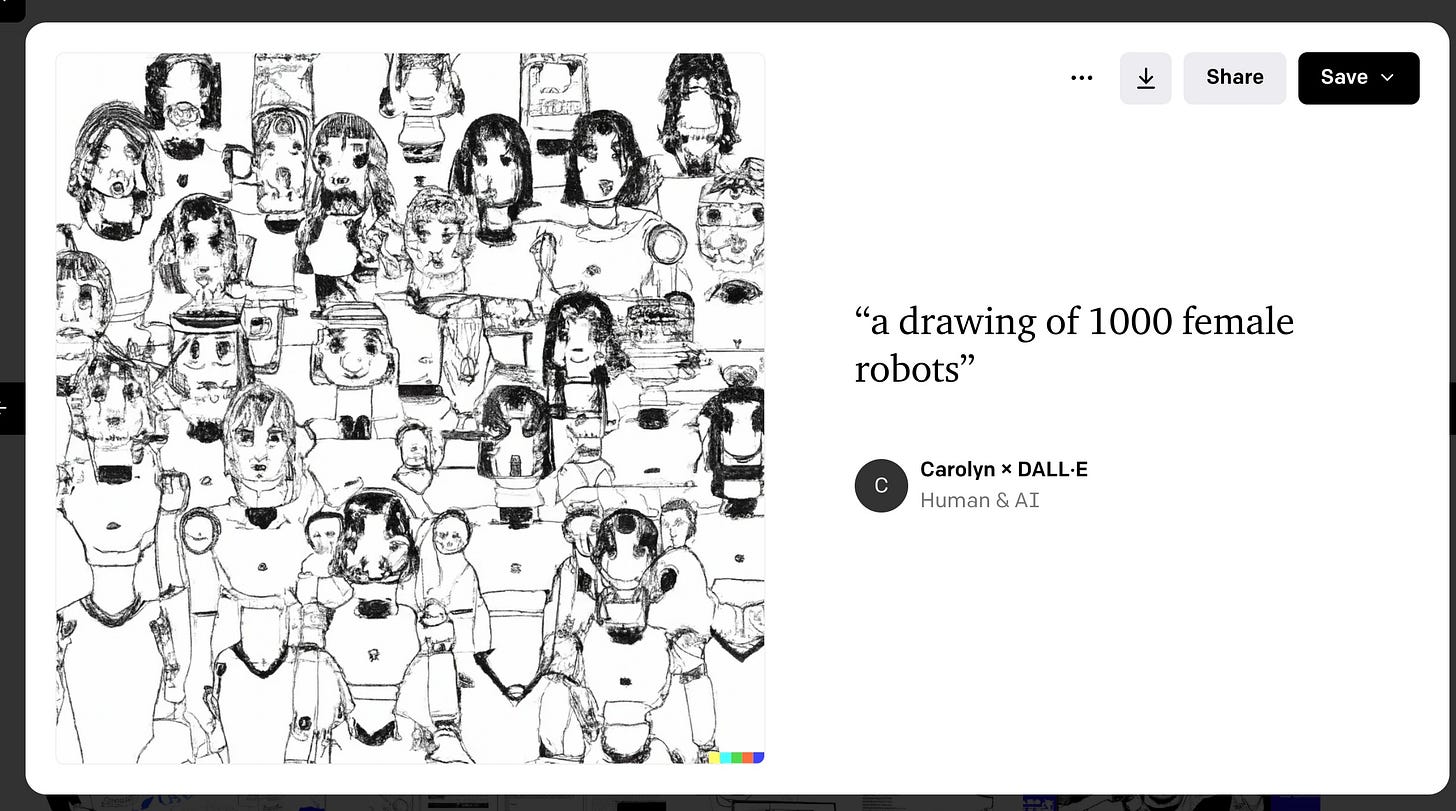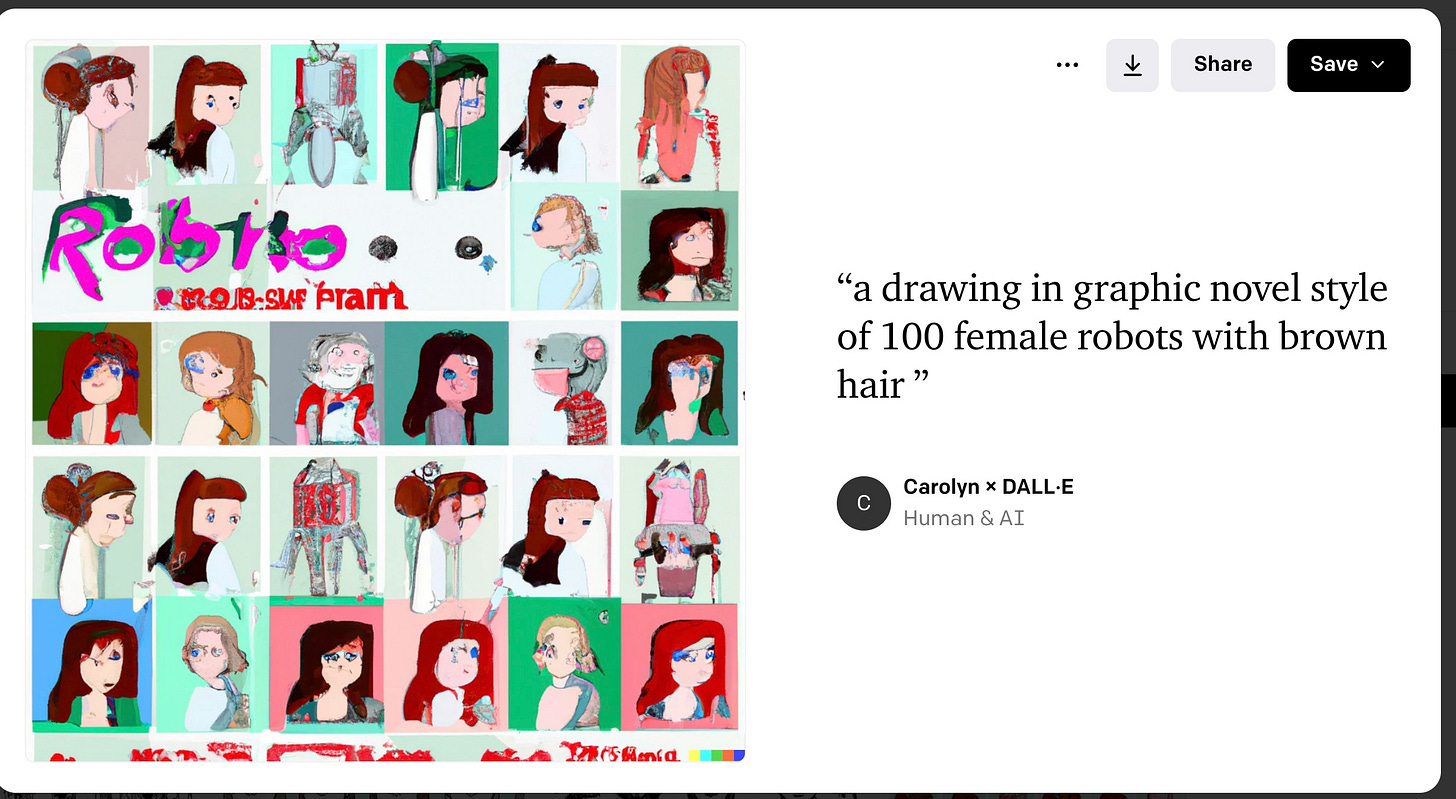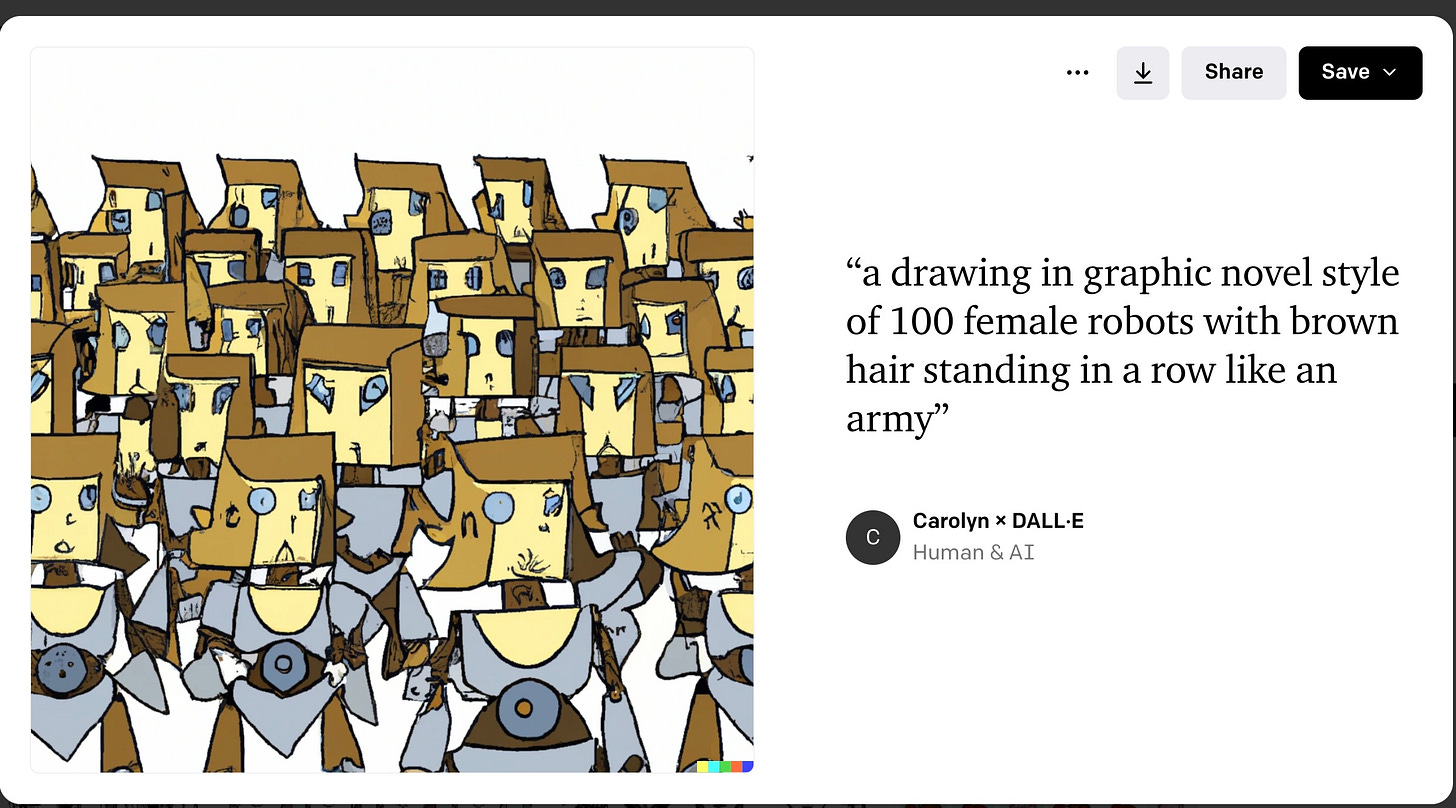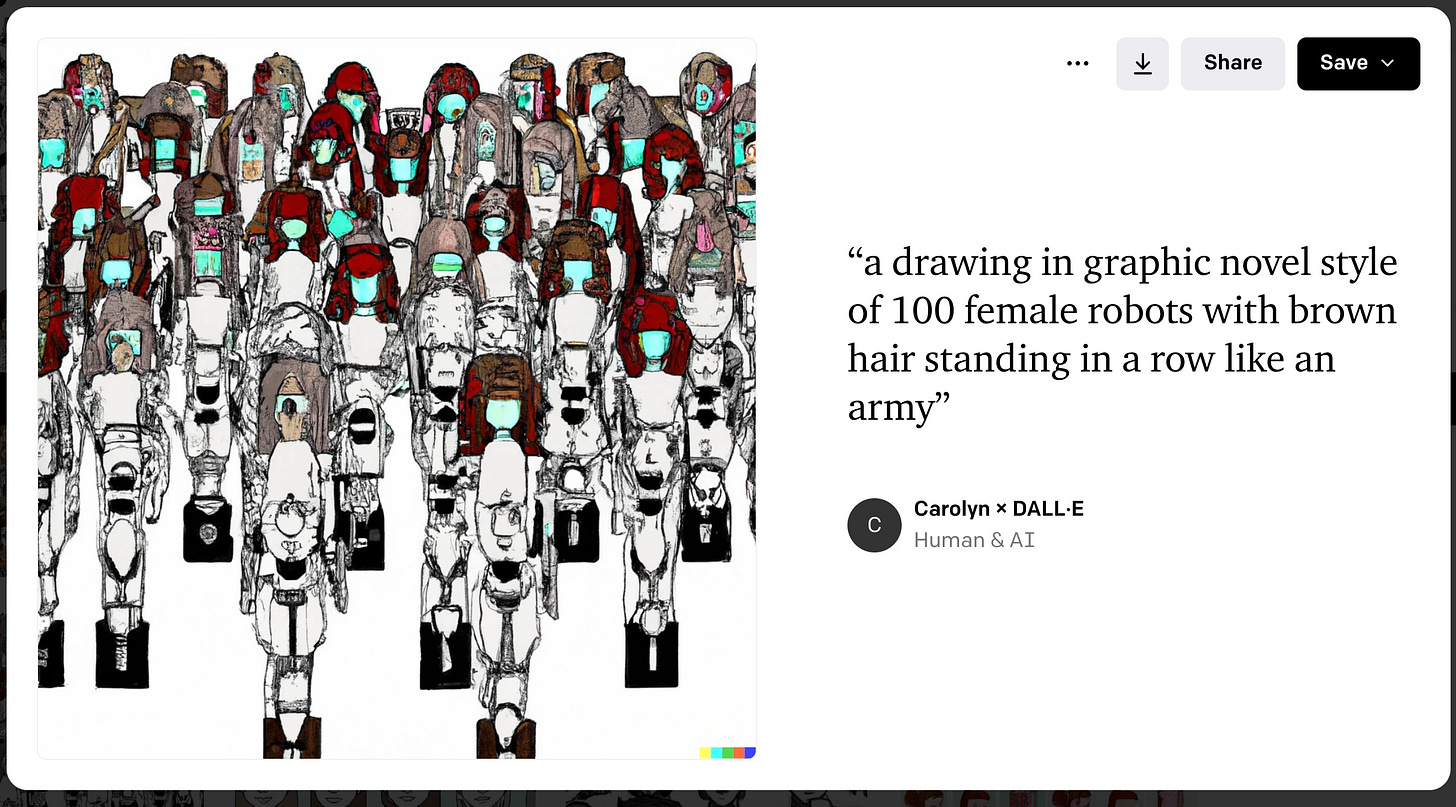Bloopers & News 12/29/23
A New Hope
I’ve shared many articles with you about AI and the future of writing, but this new essay from the NY Times “Literature Under the Spell of A.I.” is actually optimistic, which is a nice change.
The essay opens with the common narrative which depicts AI as an existential threat. As I’ve mentioned many times, the rise of AI models is very worrying to writers. But the author, A.O. Scott, then draws an interesting parallel between the AI revolution and the historical industrial revolutions that transformed labor.
"The members of the W.G.A. may be like the weavers of the English Midlands in the 19th century, early victims of automation who fought a bitter campaign against the spread of mechanized looms."
The word Luddite was actually created during this period to describe someone who was against new technology — the new tech being the power loom. This example is interesting because the weavers obviously lost this battle and were replaced, however weaving still exists as an art form. The writer insists that innovation can coexist with traditional craftsmanship. (The idea of writing being a “traditional craft” is disturbing but is something we had better get used to.)
“Mass production has always coexisted with, and enhanced the value of, older forms of craft. The old-fashioned and the newfangled have a tendency to commingle. The standardization of mediocrity does not necessarily lead to the death of excellence.”
I love that last sentence!
Some writers, such as myself, are embracing AI as a tool for collaboration and inspiration (even while I’m a bit afraid of it). Scott also draws parallels between AI collaborations and historical literary practices.
“In the 19th century, writers like Ralph Waldo Emerson, Victor Hugo and Henry James dabbled in spiritualism, hoping to find inspiration through contact with otherworldly intelligences... the French Surrealist poets and the Irish poet and playwright William Butler Yeats made use of automatic writing, a practice that sought to turn the human writer into a kind of transcribing machine, bypassing conscious intention and drawing meaning from an impersonal, nonhuman source.”
The focus of AI collaboration doesn’t have to be on the messenger—the AI model–but the technology can help us reflect upon the philosophical implications and the exploration of human existence. The writer Sheila Heti explains why she enjoys collaborating with AI:
“Humans,” she says, “try to make all our thoughts fit together into some kind of system or structure . . . I’m finding it a little tiresome, the way the human mind needs every idea it holds to connect to every other idea it holds.”
Interesting right? I will end with another quote from Heti that I might tape above my desk.
“The real stuff is invented out of a human longing to know and connect, and that’s where the beauty of art comes from.”
Nailed It - Outtakes of the week
In the most recent chapter of the “This Memoir Will Be Written by Robots,” I needed an image of female robots. Specifically, I wanted the image to be a roomful of thousands of identical female robots. You would think, considering that Dall-E IS a form of robot, that it would have nailed this task.
But . . . not so much.
I started with the very basic prompt “a drawing of 1000 female robots.” I call the result below “Hobbits and Monsters Dressed as Storm Troopers.”
I decided to get more specific and say “a drawing in graphic novel style of 100 female robots with brown hair.” Sometimes Dall-E adds random text, which might be interesting if they were actual REAL WORDS. Did you know most people can’t read in dreams? One theory I read is that the parts of our brains that process language are less active while we sleep. That’s exactly what this Dall-E image reminds me of - trying to read something in a dream. Also, what’s with the Brady Bunch configuration?
I needed an image of the robots crowded together in one space, so I added “female robots standing in a row like an army” and got this image, which I believe is “medieval soldiers experimenting with joining the KKK.”
When I added that the robot army should have brown hair (so they would look like my character Frances) I got this odd result that looks like middle-aged sex bots with square Lego heads." (Let’s be honest, someone has definitely typed that into Only Fans)
The exact same prompt spit out this next one. It appears to be choral clowns angrily singing the Messiah while being distracted by, possibly, an offstage middle-aged sex bot with a square Lego head.
The SAME prompt also created the image below. Dall-E seemed to think my prompt was “faceless 1960s robots with beehives and merkins.” Again, I maintain that that is definitely an Only Fans’ top search.
Happy New Year and see you soon for new 2024 chapters and Bloopers & News!








Thank you for the silver lining story and of course the bloopers. I had a good chuckle this morning 😝
Hey CC, I read that essay and I’m sort of confused about why it is interpreted as comforting. I mean, the great mass of hand weavers lost their source of income to automation, right? It seemed to me that the prediction was that writing by humans would eventually fall into an artisanal category. This is such an interesting topic. I’m thrilled you’re investigating it, Sarah.